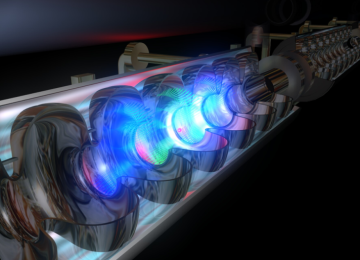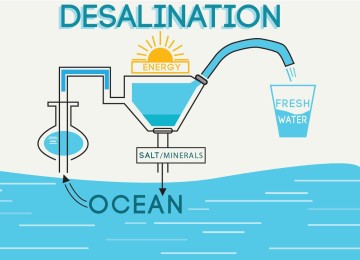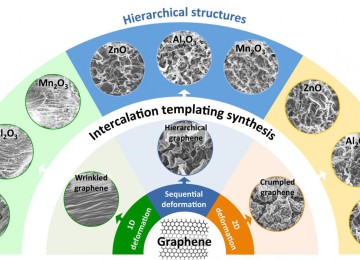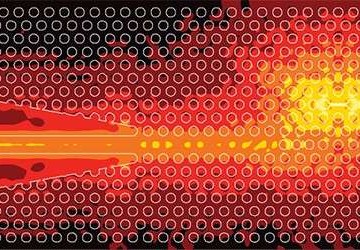Scientists developed Graphene Hologram 3D without glasses
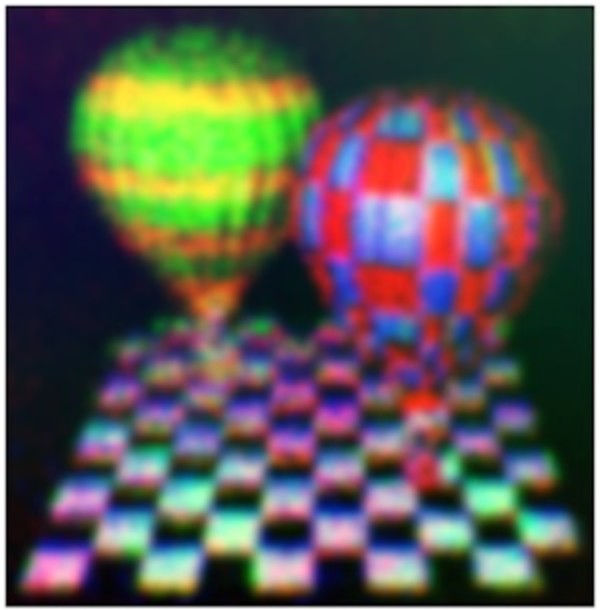
Graphene hologram can display colors good more
Three-dimensional holographic images and floating displays outside a screen have long been a favourite of science fiction movies such as Star Wars and the holographic maps in Avatar, But in real life, we’ve struggled to achieve the same effect without the use of annoying 3D glasses.
The success of James Cameron’s 3D movie Avatar caused a tremendous worldwide interest in flexible, high-definition and floating display devices, In fact, the dream of optically displaying a 3D object has been constantly driving the revolution of display technologies over the past decade.
Now scientists from the Swinburne University of Technology in Melbourne, Australia have used a graphene-based material to create a full-colour, pop-up, 3D floating display – visible from a wide angle with the naked eye.
They start work depend on a paper, published in October 2014 show how our technology realises wide viewing-angle and full-color floating 3D display in graphene-based materials. Ultimately this will help to transform wearable displaying devices into floating 3D displays.
A graphene-enabled floating display is based on the principle of holography invented by Dennis Gabor, who was awarded the Nobel Prize in Physics in 1971. The idea of optical holography provides a revolutionary method for recording and displaying both 3D amplitude and phase of an optical wave that comes from an object of interest.
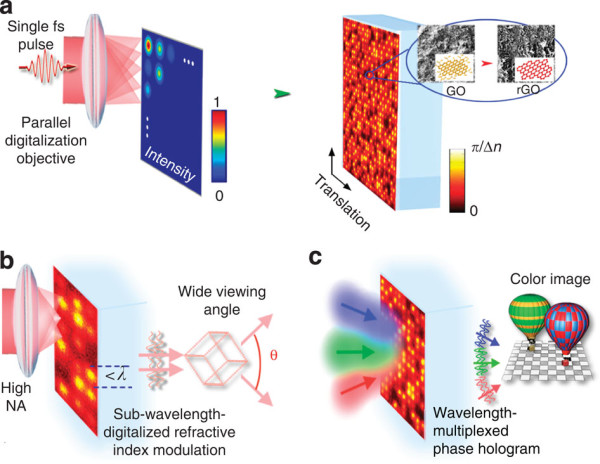
Graphene Hologram How it works
Holograms work by bending light off the screen in a carefully controlled way so that, instead of bouncing directly back into your eye, it makes it appear as though it’s projected off a separate display. The Swinburne researchers were able to create the floating 3D display by tweaking the refractive index – the measure of how much light bends as it passes through a medium – of graphene oxide. This allowed them to create tiny, nanoscale pixels that make up floating 3D images, visible to the naked eye.
“If you can change the refractive index you can create lots of optical effects,” said Gu in a press release. “Our technique can be leveraged to achieve a compact and versatile optical components for controlling light. We can create the wide angle display necessary for mobile phones and tablets.”
Importantly, the process doesn’t involve any heating or change in temperature and instead relies on a rapidly pulsing laser beam to reduce the graphene oxide, which causes the change in the way the light bends.
“Our technique enables the reconstructed floating 3D object to be vividly and naturally viewed in a wide angle up to 52 degrees,” write the authors. This is an order of magnitude greater than researchers have managed to achieve with 3D holographic displays based on liquid crystal phase modulators, which are limited to a few degrees of visibility.
So far the researchers have only been able to get graphene to display images up to 1 centimetre, but the explain over at The Conversation that this will be easy to scale up. Over in the UK, researchers are also making progress when it comes to creating real-time holograms.
“It is projected that graphene 3D display at tens of centimetre scale, perfect for the wearable displaying devices, will be available within five years. This new generation floating 3D display technology also has potential applications for military devices, entertainment, remote education and medical diagnosis,” they write.












